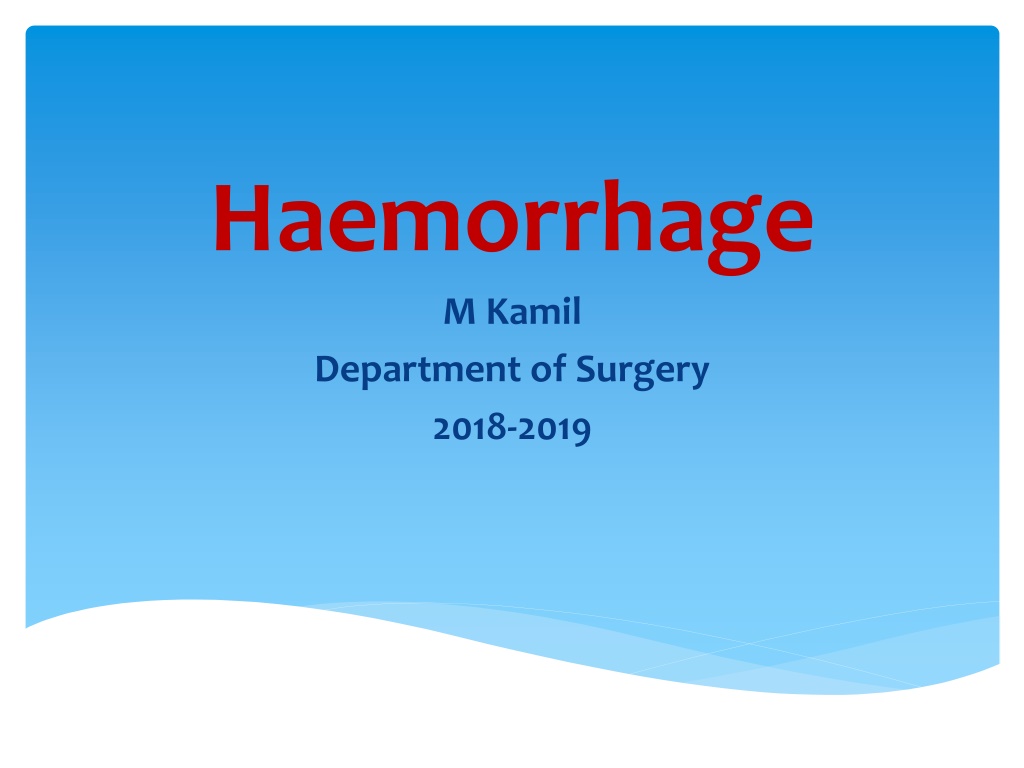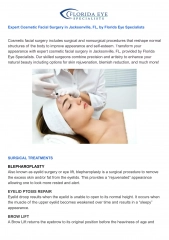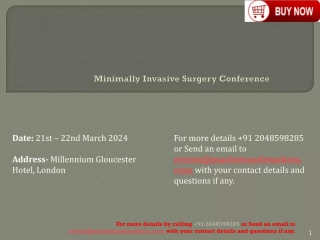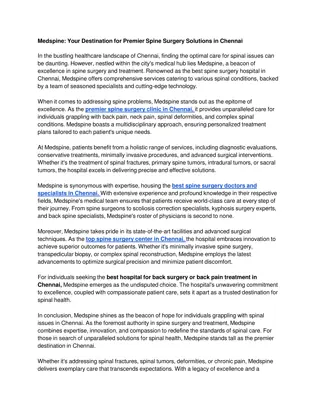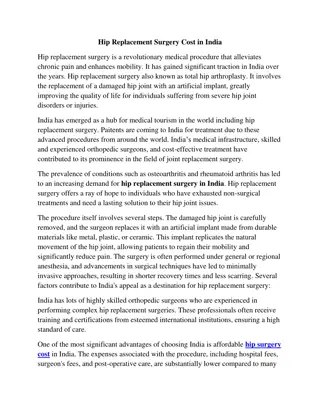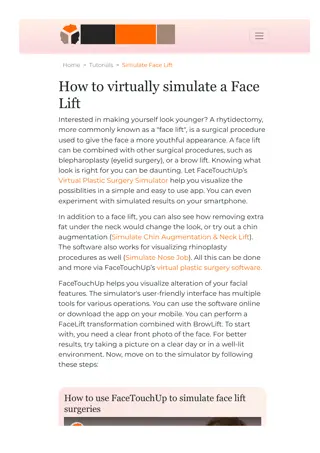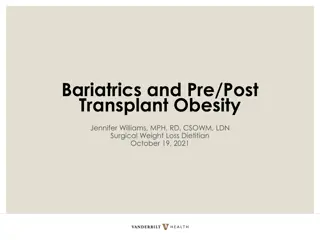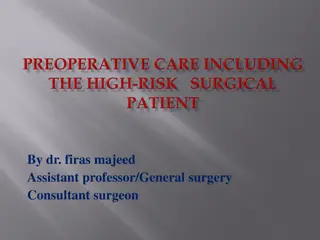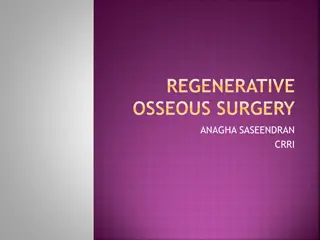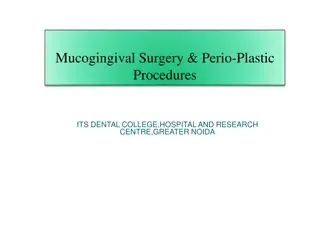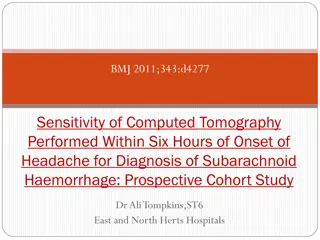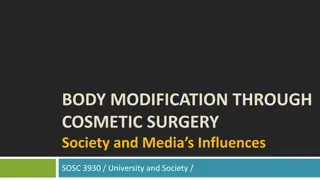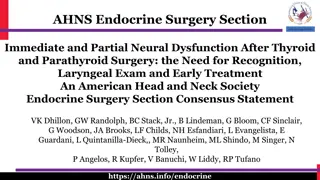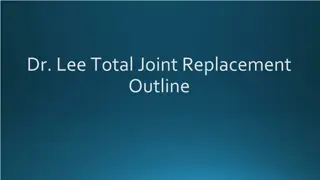Understanding Haemorrhage and Its Impact in Surgery
Haemorrhage in surgery is a critical phenomenon leading to hypovolaemic shock, trauma-induced coagulopathy, and other complications. It involves ongoing bleeding, hypoperfusion, acidosis, and hypothermia, exacerbating the condition. Classification includes revealed and concealed haemorrhage, with primary, reactionary, and secondary types based on the time frame. Surgical and non-surgical haemorrhages require distinct treatment approaches. Proper management is crucial for patient outcomes.
Download Presentation

Please find below an Image/Link to download the presentation.
The content on the website is provided AS IS for your information and personal use only. It may not be sold, licensed, or shared on other websites without obtaining consent from the author. Download presentation by click this link. If you encounter any issues during the download, it is possible that the publisher has removed the file from their server.
E N D
Presentation Transcript
Haemorrhage M Kamil Department of Surgery 2018-2019
Haemorrhage Haemorrhage hypovolaemic shock Tissue trauma + hypovolaemic shock Acute Traumatic Coagulopathy (ATC) ATC Trauma-Induced Coagulopathy (TIC) This is multifactorial: 1. Ongoing bleeding with fluid and red blood cell resuscitation dilution of coagulation factors which worsens the Coagulopathy 2. Hypoperfusion hypothermia Coagulopathy and further haemorrhage
Haemorrhage 3. Hypoperfusion Under perfused muscle Acidosis + Hypothermia poor coagulation functions further haemorrhage hypoperfusion and worsening Acidosis and Hypothermia. 4. Cold Intravenous blood and fluids Hypothermia. 5. Surgery opened body cavity further Hypothermia 6. Surgery further bleeding resuscitation with acidic crystalloid fluids (e.g. normal saline has a pH of 6.7) Acidosis
Coagulopathy + Acidosis (pH < 7.2) + Hypothermia (< 35o C)
Classification: Grossly: Revealed haemorrhage Concealed haemorrhage
Classification: According to time frame (time of occurrence) Primary haemorrhage occurring immediately due to an injury (or surgery) Reactionary delayed haemorrhage (within 24 hours) and is usually due to dislodgement of clot by resuscitation, normalisation of blood pressure and vasodilatation. Reactionary haemorrhage may also be due to technical failure, such as slippage of a ligature Secondary due to sloughing of the wall of a vessel. It usually occurs 7 14 days after injury and is precipitated by factors such as infection, pressure necrosis (such as from a drain) or malignancy
Classification: Surgical Haemorrhage due to a direct injury and is amenable to surgical control (or other techniques such as angioembolisation) Non-surgical Haemorrhage the general ooze from all raw surfaces due to coagulopathy and cannot be stopped by surgical means (except packing). Treatment requires correction of the coagulation abnormalities
Estimation of the amount of blood lost Blood volume normally is around 5 liters Adults and children = 70ml/kg; Neonates = 80ml/kg Estimation of the amount of blood that has been lost is difficult, inaccurate and usually underestimates the actual value In the theater; blood collected in suckers is counted. Swabs socked in blood is weighed Blood collected in drains can be counted BUT concealed haemorrhage is difficult to estimate Haemoglobin level is a poor indicator Vital signs; CVP; pH; Base Deficit and Dynamic Response to Fluid Therapy
Management Immediate resuscitative measures: Direct pressure should be placed over the site of external haemorrhage Airway and breathing should be assessed and controlled as necessary Large-bore intravenous cannula blood drawn for typing Emergency blood should be requested if the degree of shock and ongoing haemorrhage warrants this and cross-matching.
Management Identification of the site of concealed haemorrhage: Aim: to define the next step in haemorrhage control (operation, angioembolisation, endoscopic control) Clues: 1. History: (previous episodes, known aneurysm, non- steroidal therapy for gastrointestinal (GI) bleeding) 2. Clinical examination: (nature of blood fresh, melaena; abdominal tenderness, etc.). 3. For shocked trauma patients, the external signs of injury may suggest internal haemorrhage, but haemorrhage into a body cavity (thorax, abdomen) must be excluded with rapid investigations (chest and pelvis x-ray, abdominal diagnostic peritoneal aspiration). ultrasound or
Management Control of haemorrhage: 1. Must be rapid to prevent triad of Coagulopathy Acidosis Hypothermia 2. Un-necessary actions and investigations is omitted 3. Prolonged volume resuscitation with crystalloid is not beneficial 4. Blood components to correct coagulopathy is desirable 5. Resorting to Damage Control Surgery (DCS), part of strategy of Damage Control Resuscitation (DCR) 6. Once haemorrhage and sepsis controlled; aggressive resuscitation; rewarming coagulopathy should follow and correction of
Management What is meant by Damage Control Resuscitation? A recent strategy with FOUR main components: First: anticipate and treat Acute Traumatic Coagulopathy (ATC) to prevent trauma-induced Coagulopathy (TIC) Second: Permissive Hypotension therapy until haemorrhage controlled Third: limitation of Crystalloid and Colloid infusion to avoid Dilutional coagulopathy Fourth: Damage Control Surgery (DCS) which entails: 1. Arresting haemorrhage 2. Control of sepsis 3. Protection from further injury 4. Nothing else
That is the end Thanks for listening
